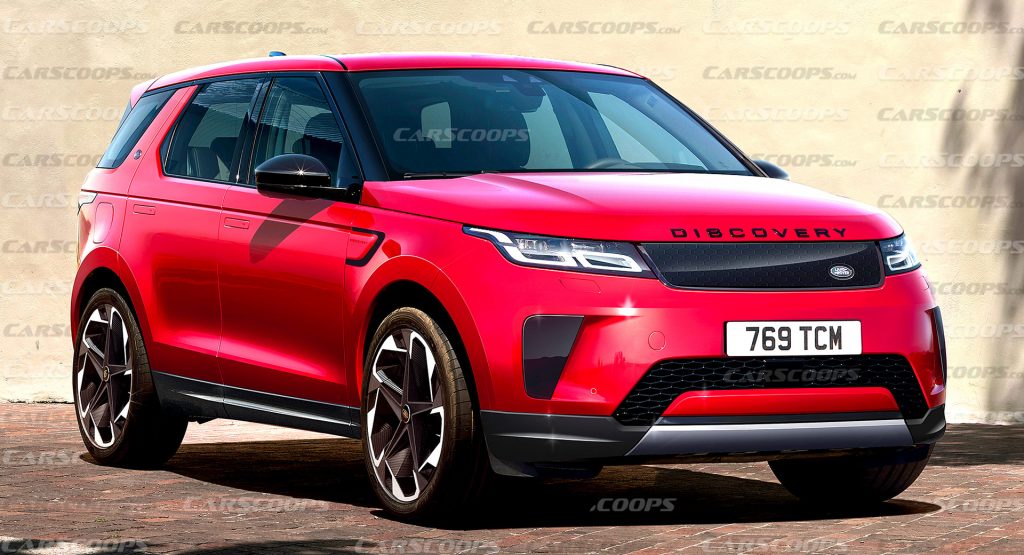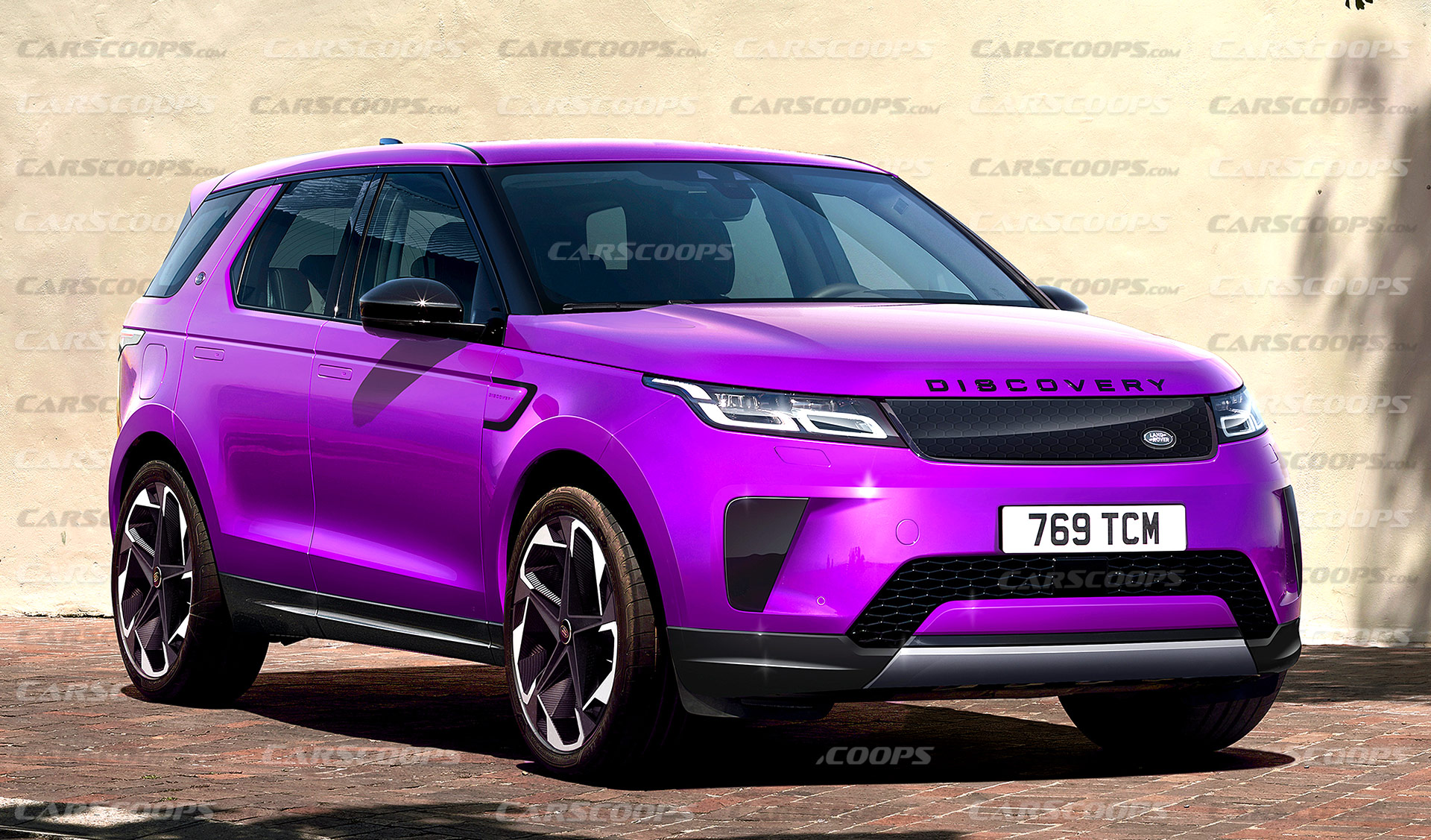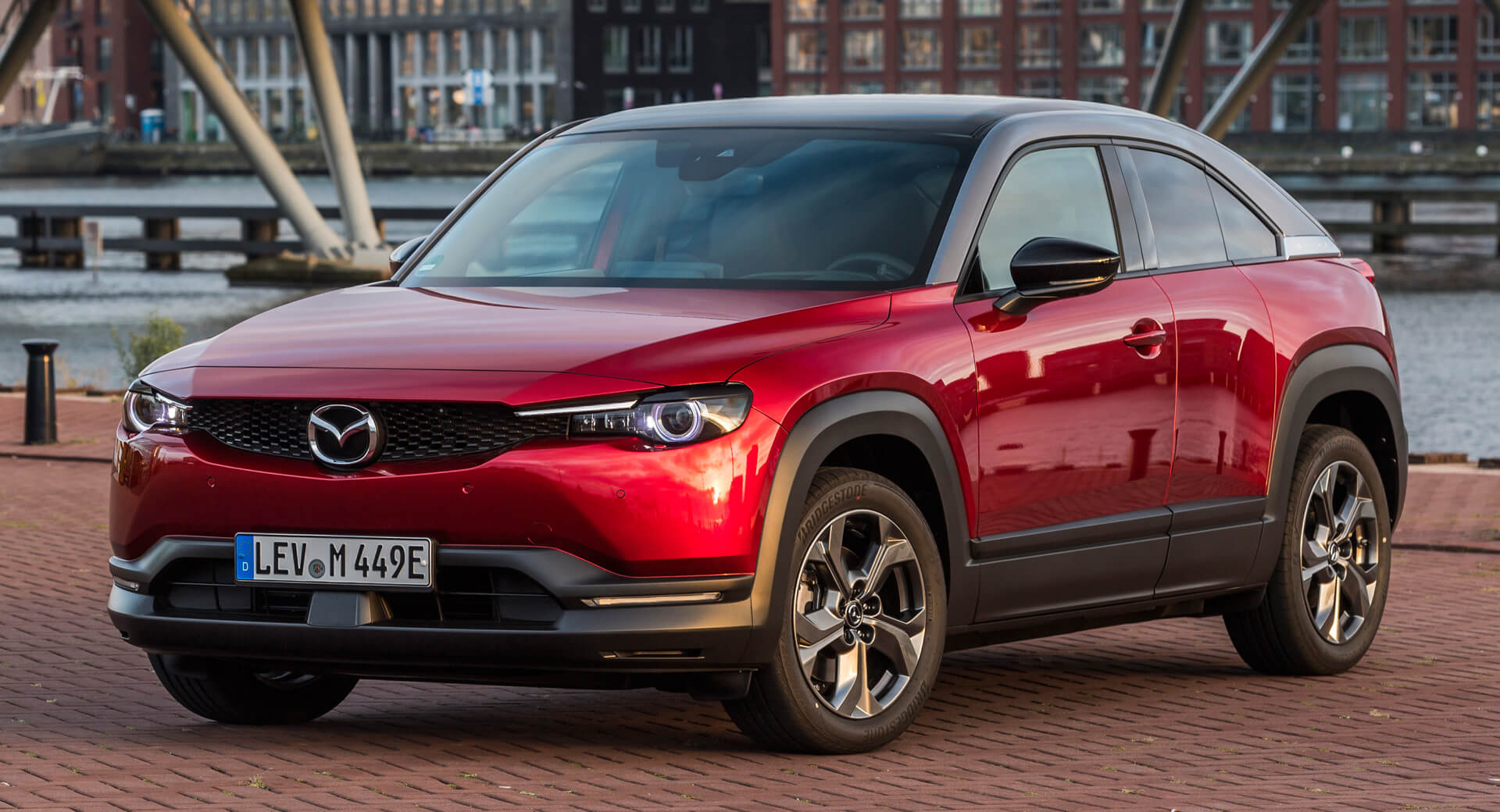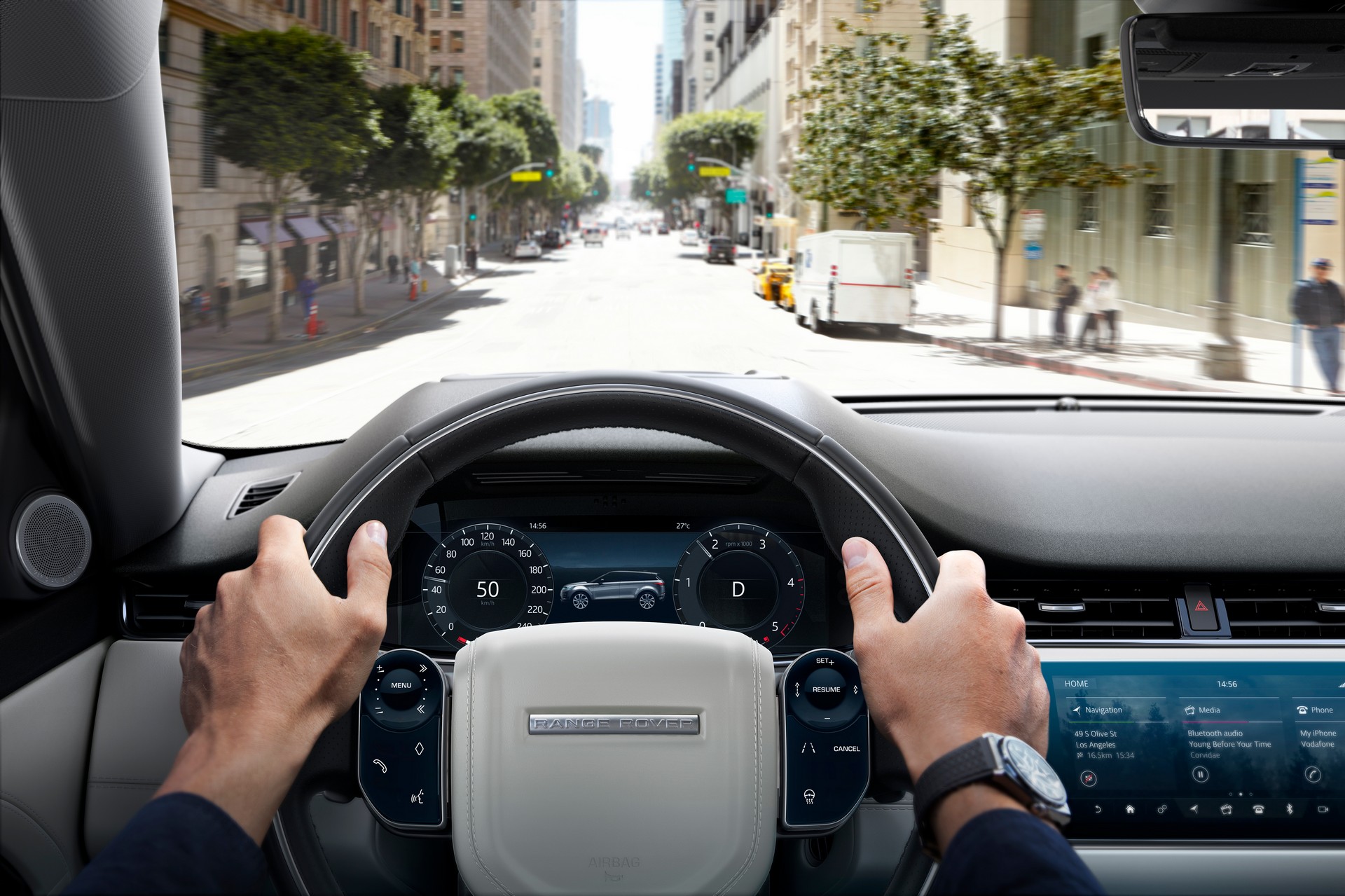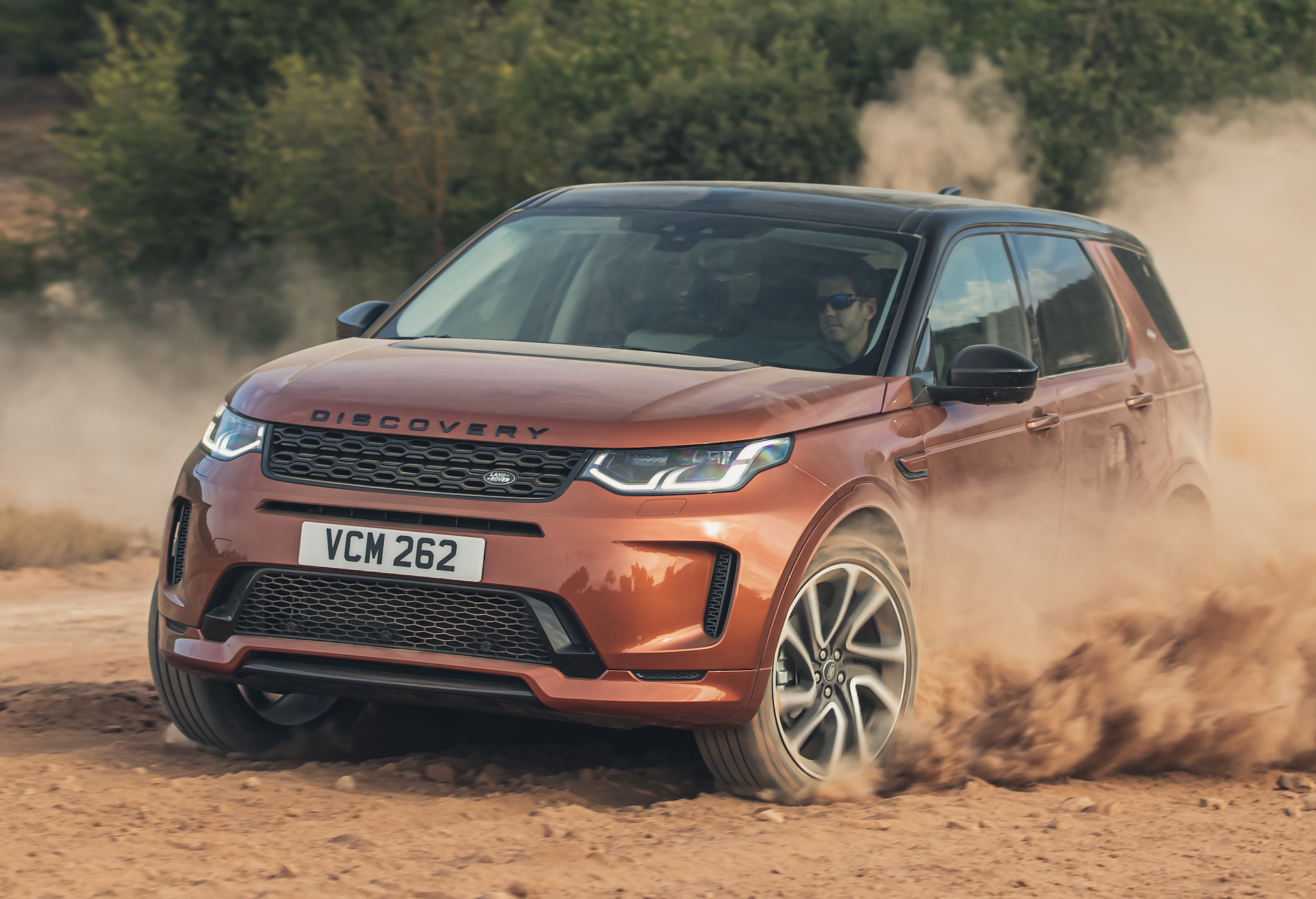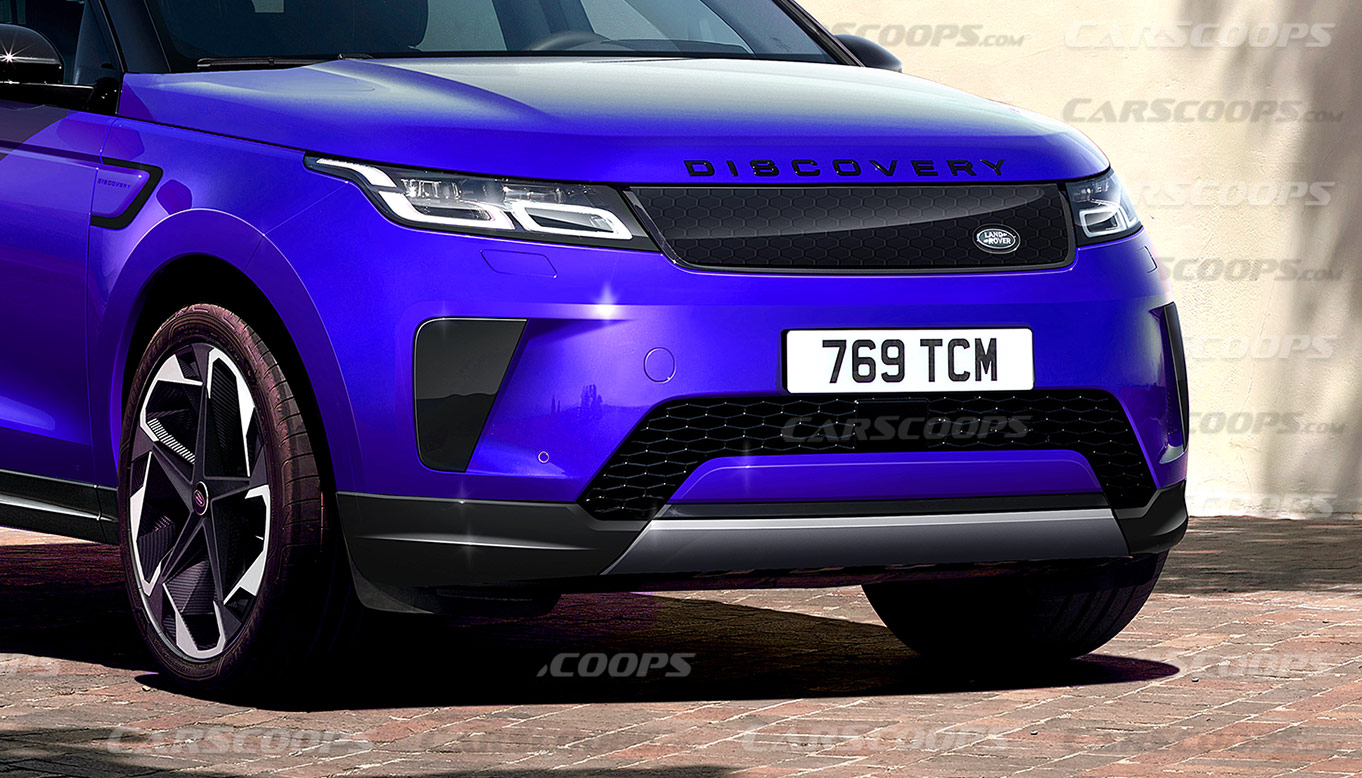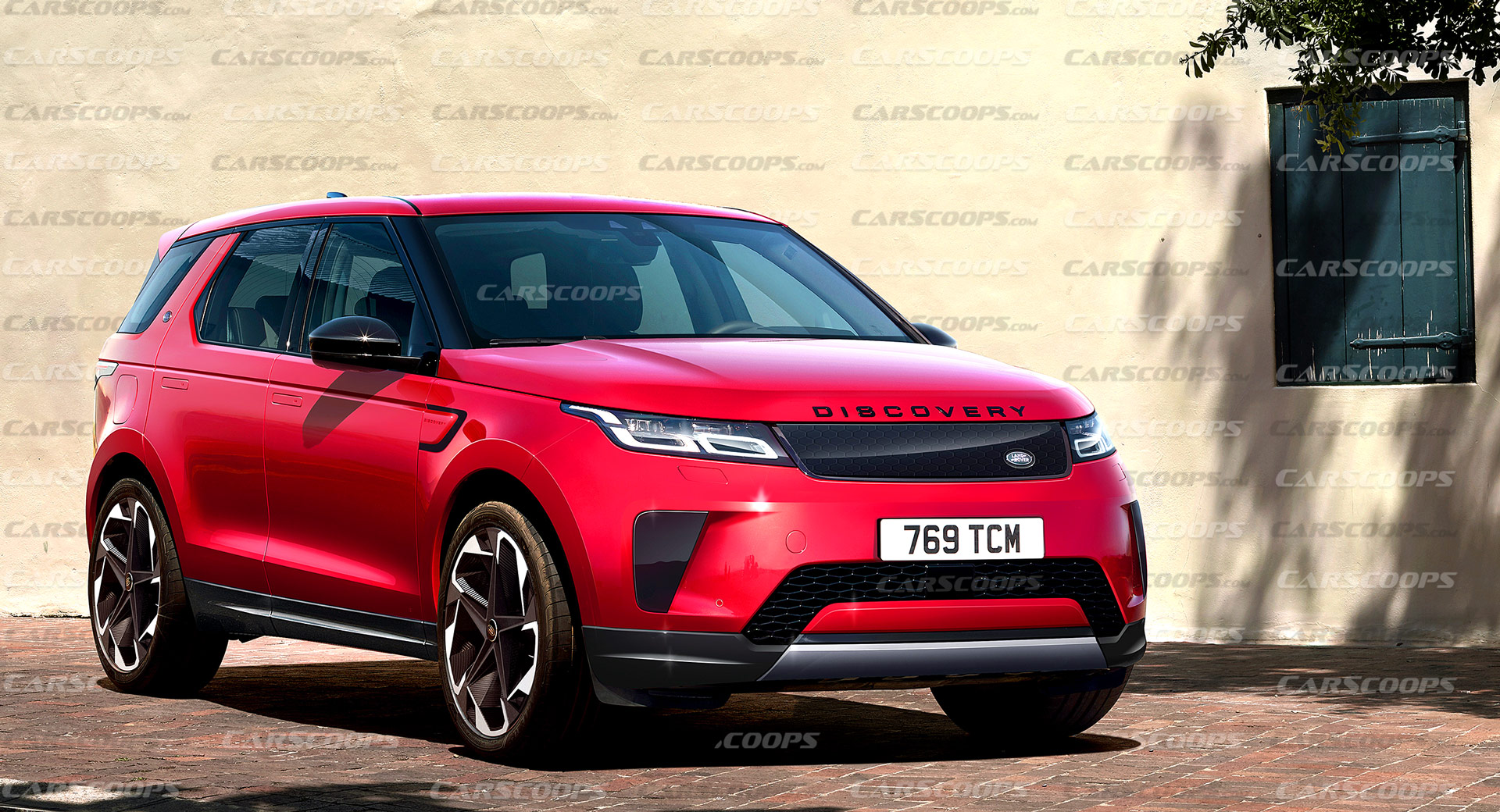These illustrations are made by Francois Hubert/SB-Medien for CarScoops. They are speculative drawings based on prototype models we’ve spied as well as information we’ve obtained and are not related to or endorsed by Land Rover.
Jaguar Land Rover is changing tack. Under new CEO Thierry Bollore, instead of chasing million-a-year volumes, it will now focus on maximizing profit by making premium cars with nice chunky margins. Those cars include the 2024 Land Rover Discovery Sport, which is about to get a radical reboot courtesy of a brand new EV platform.
The Background: JLR Faces Up To the Future (Or It Won’t Have One)
EVs feature heavily in JLR’s plans, as they do for all carmakers. Failing Jaguar goes EV-only in 2025, and though the Land Rover division will still offer ICE engines in bigger vehicles like the Range Rover for a while yet, they’ll be sold alongside electric versions. JLR says the Land Rover brand will welcome six pure electric variants over the next five years and will offer an electric version of every model by the end of the decade.
Different Platforms For Big And Small Land Rovers
Land Rover’s large SUVs – the Land Rover Discovery, Range Rover and its Range Rover Sport little brother – will ride on a new flexible Modular Longitudinal Architecture (MLA) platform that can be configured to work with both gasoline engines or as an EV. The first of those is the new Range Rover due next year.
But the smaller models – the Land Rover Discovery Sport and Range Rover Evoque – switch to a new Electric Modular Architecture (EMA) that is estimated will account for half of all LR sales by 2030.
What Will The Discovery Sport Look Like And When Is It Coming?
We don’t expect to see any radical styling changes between the current car and the new one that’s due to arrive in 2024, a year after the new Evoque. The larger Discovery’s controversial asymmetrical rear design hasn’t been a big hit, so it’s more likely the Sport will simply adopt some cues from the Evoque. Flush door handles, skinny LED headlights and a smoother, cleaner look to the front end, probably including a flush grille panel, will be the hallmarks of the new design.
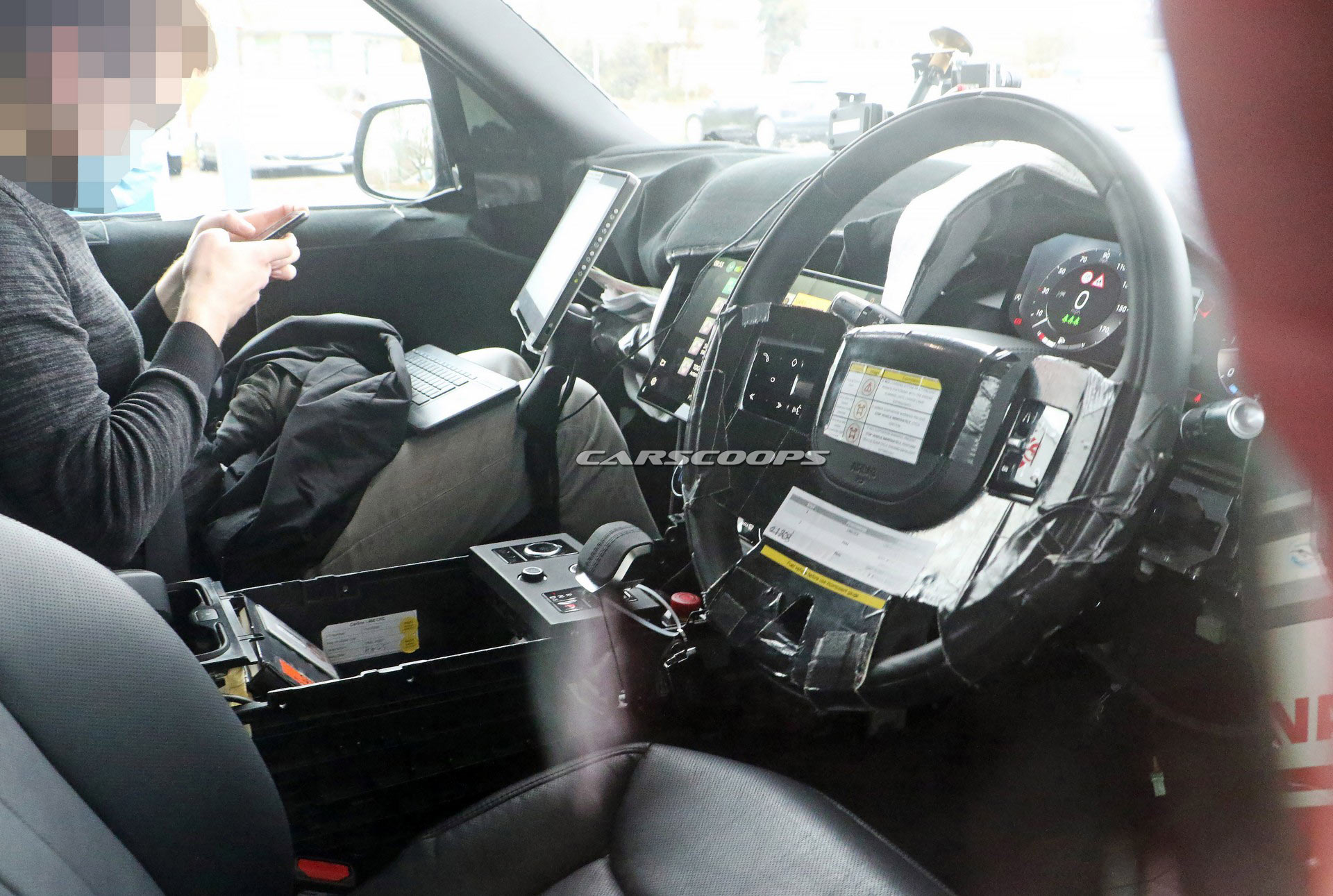
The upcoming 2022 Range Rover replacement’s new infotainment system with a larger display seen here in a recent prototype is expected to trickle down to other Land Rover models
Inside, there’ll be more room thanks to the EMA platform’s flat floor, a larger touchscreen, digital instruments and the latest style of steering wheel seen on the Defender.
Optional Range Extender
The EMA platform is engineered to drive the wheels exclusively via electric motors: either one, giving two-wheel drive on entry-level and city-based cars, or two, providing all-wheel drive traction. But here’s where it gets interesting, because Autocar suggests that while some Evoque and Disco Sports will be pure BEVs, drawing current from a large underfloor battery pack, others will get a smaller battery and a range extender gasoline engine.
The compact “lean-burn” engine won’t drive the wheels directly, and will only be used to keep the small battery topped up. That’s a trick BMW used on hybrid versions of its i3 city car, and Mazda will use on the upcoming range-extender versions of the MX-30.
Say Hi To Hydrogen
By switching from conventional ICE layout to a range-extender, JLR will be able to drastically reduce the number of ICE engines it needs to build. Autocar reports JLR telling investors that it could rationalize “multiple internal combustion engines to one simplified electrified ICE, eliminating diesel and costly after-treatment systems”.
But looking further ahead, JLR has confirmed it is developing zero-emissions fuel-cell technology “in preparation for future demand”, suggesting hydrogen might fully replace the ICE range extenders when the customers and the infrastructure are ready. That’s some way off, though. In the UK, for instance, there are currently only 11 hydrogen stations in the entire country, compared with over 8,000 conventional fuel stations. And it’s interesting to note that other major carmakers are now backing away from hydrogen altogether.
800-Volt Charging
The next Discovery Sport and Evoque will use rapid-charging 800v technology, as seen on cars like the Porsche Taycan and Hyundai Ioniq 5. Existing cars using 800v tech can add 60 miles of driving range in under 5 minutes, which has huge appeal for drivers still reluctant to move away from the convenience of gasoline power.
However, it’s possible that the Evoque and Discovery Sport could leapfrog other 800v cars. Autocar reports JLR claiming an efficiency rating of 4-4.5 miles per kWh for the EMA platform cars. Most of the current EVs delivering that kind of efficiency are much smaller cars.
Automatic For The People
Besides its EV powertrains, one of the main features of the EMA platform is the introduction of a new electrical architecture. If that sounds dull, its potential is anything but as that new electrical system makes it possible for the Evoque and Discovery Sport to offer over-air updates and in-car payment system, and up to Level 4 autonomous driving capability.
Will It Work Off-Road?
Acknowledging that many of its cars never venture further off road than parking with two wheels up on the sidewalk, Land Rover began offering front-wheel drive versions of its cars a decade ago. But for the sake of the brand’s credibility, the next Disco Sport still needs to be able to at least offer the option of serious off-road performance. And thanks to the electric motors’ ability to precisely mete out torque to the wheels more accurately than an ICE powertrain and transmission ever could, the next Sport should be even more capable in the rough.
How Much Will It Cost?
The current Discovery Sport starts at $37,800 in the U.S. and £32,430 in the UK. But with JLR’s new focus on profit over volume, and the EMA cars’ high technology content, don’t be surprised to see those prices grow significantly as both the Evoque and Discovery Sport move upmarket.




